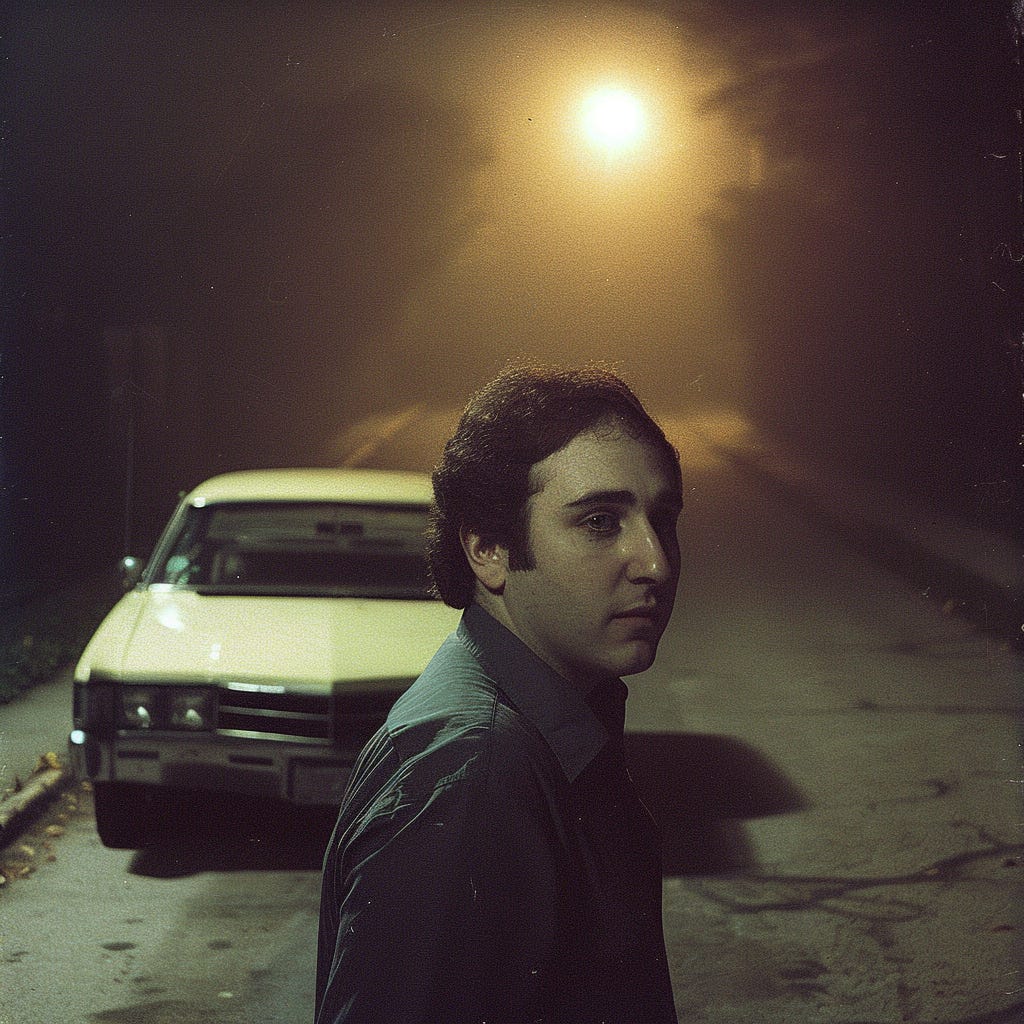Terror In New York: The Chilling Case of David Berkowitz "The Son of Sam"
For over a year in the late 1970s, an unknown gunman targeted and shot young women and couples seemingly at random. The senseless violence gripped New York City in fear
It was the sweltering summer of 1977.
R&B was at the top of the charts, Saturday Night Fever had just been released, and across the nation, the young and wild were thronging to clubs and discos to dance their cares away.
Perhaps more than most, New Yorkers needed the release.


